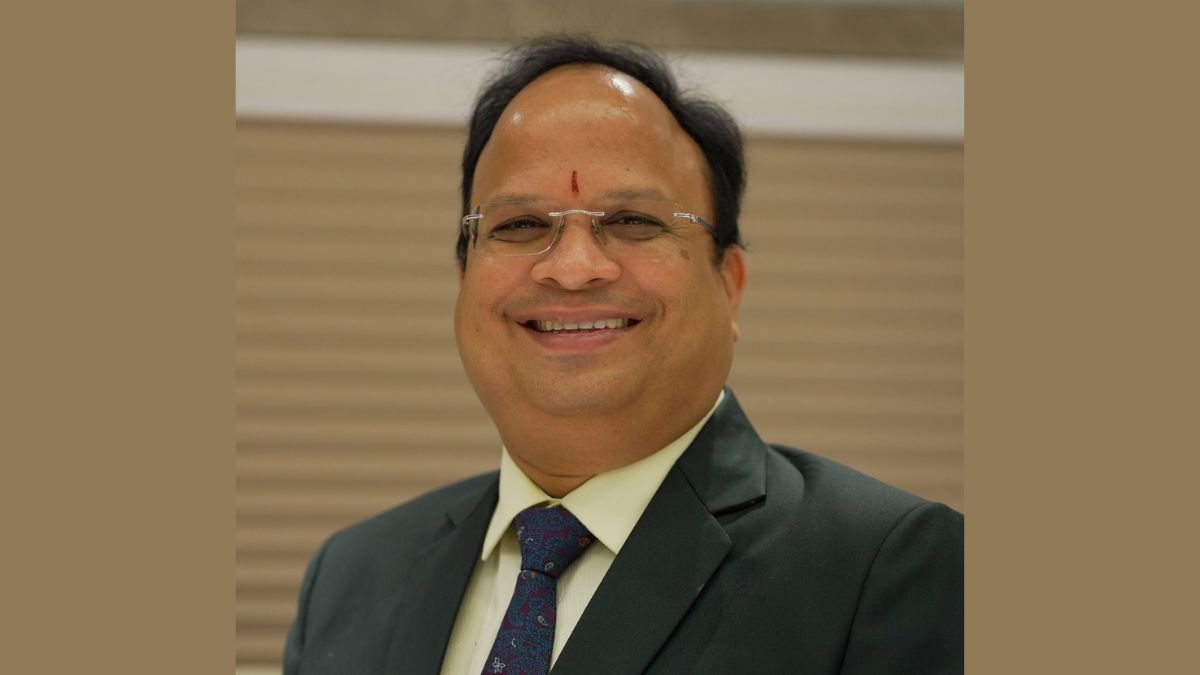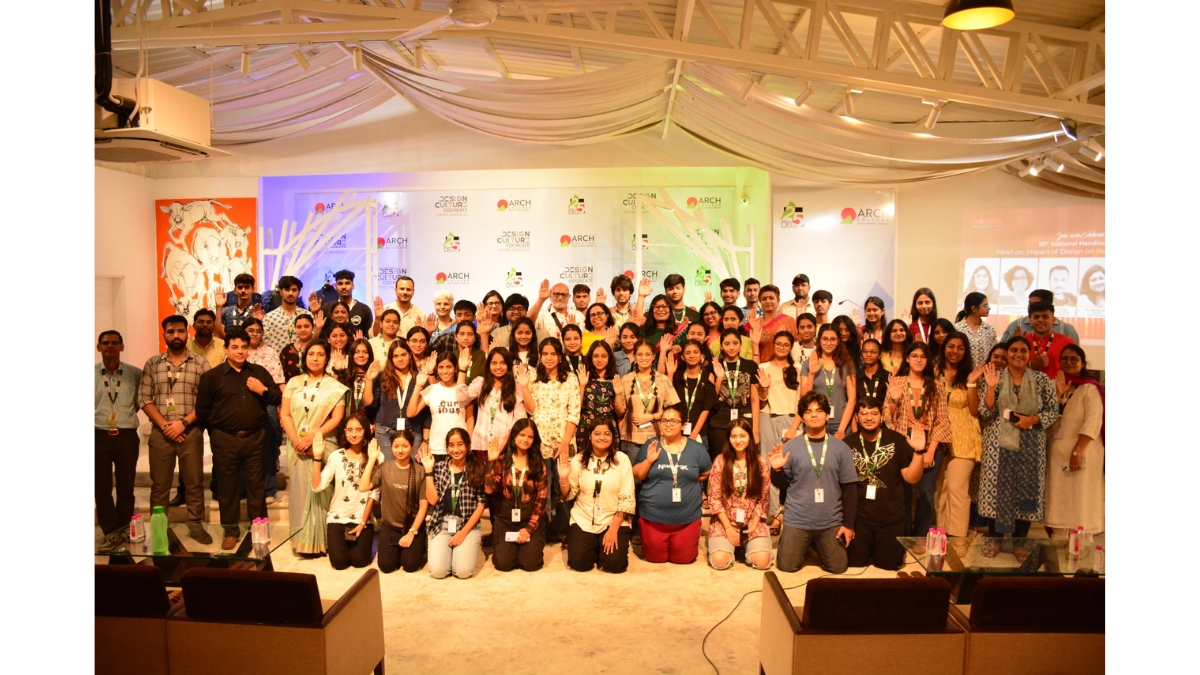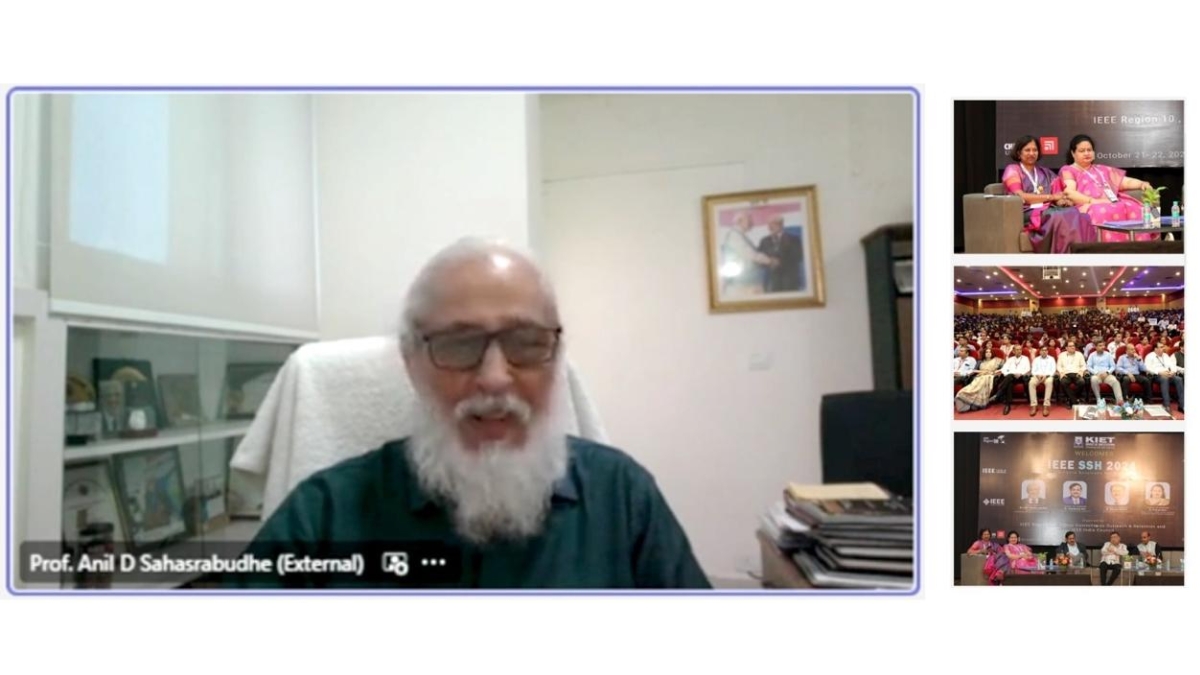NDA’s Electoral Dynamics in India under MODI 3.0
New Delhi (India), June 20: Shri Narendra Modi is an illustrious leader and the esteemed Prime Minister of Bharat (India). His leadership under the banner of MODI 3.0 aims to guarantee welfare, Digital India, Aatmanirbhar Bharat (self-reliant India), Amrit Peedi (generation of nectar), and Vikshit Bharat 2047 (developed India by 2047). These goals are promising [...]

New Delhi (India), June 20: Shri Narendra Modi is an illustrious leader and the esteemed Prime Minister of Bharat (India). His leadership under the banner of MODI 3.0 aims to guarantee welfare, Digital India, Aatmanirbhar Bharat (self-reliant India), Amrit Peedi (generation of nectar), and Vikshit Bharat 2047 (developed India by 2047). These goals are promising and achievable, reflecting a vision for India’s growth and prosperity.
However, despite these ambitious plans, the NDA (National Democratic Alliance) experienced a decrease in seats in the Lok Sabha elections of 2024. This decline is attributed primarily to voter fatigue and the allure of freebie offers, such as the annual promise of Rs. 1 lakh presented by the opposition. The INDIA bloc, comprising 37 parties, made extraordinary efforts in grassroots mobilization and strategic alliances with regional parties, which significantly impacted the election results despite being considered weaker combinations.
Gains Made by NDA Alliances in Odisha and Andhra Pradesh
Odisha
- Strategic Alliance with BJD: The BJP formed a crucial alliance with the Biju Janata Dal (BJD) in Odisha, leveraging BJD’s strong local presence and Naveen Patnaik’s leadership to bolster NDA’s prospects in the state.
- Development Projects: The central government’s development projects in Odisha have gained local support. Infrastructure improvements and initiatives like PMAY and Ujjwala Yojana have benefited the rural and urban poor, enhancing the government’s image.
- Cultural and Religious Initiatives: Support for promoting Odisha’s cultural heritage and religious tourism has been substantial. The projects surrounding the Jagannath Temple in Puri, such as the Jagannath Heritage Corridor, have received a positive response. These endeavors have enhanced tourism and solidified the NDA’s relationship with the local customs and emotions.
Andhra Pradesh
- Alliance with TDP: The alliance with the Telugu Desam Party (TDP) has strengthened the NDA’s position in Andhra Pradesh. Chandrababu Naidu’s leadership and focus on development have aligned well with the NDA’s vision for a modern India.
- Special Category Status Negotiations: The NDA has made a commitment to addressing the unique needs of Andhra Pradesh, including negotiations around granting Special Category Status. This commitment has been a significant factor in gaining local support. Despite being contentious, these efforts have shown the central government’s willingness to accommodate state-specific demands.
- Infrastructure and Technology Initiatives: Focusing on improving the infrastructure, like ports, airports, and IT hubs, supports the economic growth of Andhra Pradesh and its goals for modernization. An important example is the development of the Amaravati capital region as a model city. Investing in technology and innovation, including supporting start-ups and digital infrastructure, is attracting the interest of young people and city residents.
Challenges Faced by NDA in Uttar Pradesh and Maharashtra
Uttar Pradesh
- Voter Fatigue: After prolonged governance, voter fatigue is a significant issue. Despite the NDA’s efforts, a section of the electorate desires change or new leadership, leading to decreased support.
- Caste Dynamics: The complex caste dynamics in Uttar Pradesh pose a significant challenge. Despite attempts to unite the Hindu vote, internal divisions and the popularity of regional parties such as the Samajwadi Party (SP) and Bahujan Samaj Party (BSP) continue to hold strong influence. The BJP’s efforts to appeal to non-Yadav OBCs and non-Jatav Dalits have produced mixed results, as regional leaders use caste loyalties to maintain their support bases.
- Promise to provide Rs.1lakh p.a. by INDIA bloc: Voter’s were mis-guided with bald promise of Rs.1lakh p.a i.e., Rs.8,500/- per month in a dramatic phrase “TakaTa-TakaTa”.
- Agrarian Distress: Issues related to farmers, such as inadequate pricing, delayed crop payments, and agrarian distress, have led to discontent among the rural community. Farmers’ protests and demands for better MSP (Minimum Support Price) and debt relief have impacted the NDA’s rural support base. Implementing controversial farm laws and their subsequent repeal highlighted the tensions between the government and the farming community.
Maharashtra
- Alliance Dynamics: When the Shiv Sena-BJP alliance broke up, the Maharashtra Vikas Aghadi (MVA) government was formed with Shiv Sena, NCP, and Congress, weakening the NDA’s position. The MVA’s ability to govern effectively despite ideological differences showcased the strength of regional alliances against the NDA.
- Urban Discontent: Urban areas, especially Mumbai, have experienced dissatisfaction due to issues such as housing, infrastructure, and the management of the COVID-19 pandemic. The NDA’s handling of these problems has been viewed as insufficient, impacting its support from urban voters. The effects of demonetization and the Goods and Services Tax (GST) on small businesses and traders have also added to the urban discontent.
- Strong Regional Leaders: The rise of influential regional leaders like Uddhav Thackeray and Sharad Pawar has posed a significant challenge to the NDA’s dominance. Sharad Pawar’s influence in rural Maharashtra and his skill in coalition politics have been particularly challenging for the NDA.
Conclusion
Narendra Modiji’s leadership and the vision of MODI 3.0 promise a future of welfare, digital advancement, self-reliance, and a developed India by 2047. However, the decrease in NDA seats in the Lok Sabha elections in 2024 highlights the complex and evolving nature of Indian politics.
The gains made by the NDA in states like Odisha and Andhra Pradesh through strategic alliances and development initiatives underscore the importance of regional partnerships and targeted policies. In contrast, challenges in states like Uttar Pradesh and Maharashtra, driven by voter fatigue, caste dynamics, agrarian distress, urban discontent, and the strength of regional leaders, reflect the multifaceted and dynamic landscape of electoral politics in India.
If you have any objection to this press release content, kindly contact pr.error.rectification@gmail.com to notify us. We will respond and rectify the situation in the next 24 hours.










